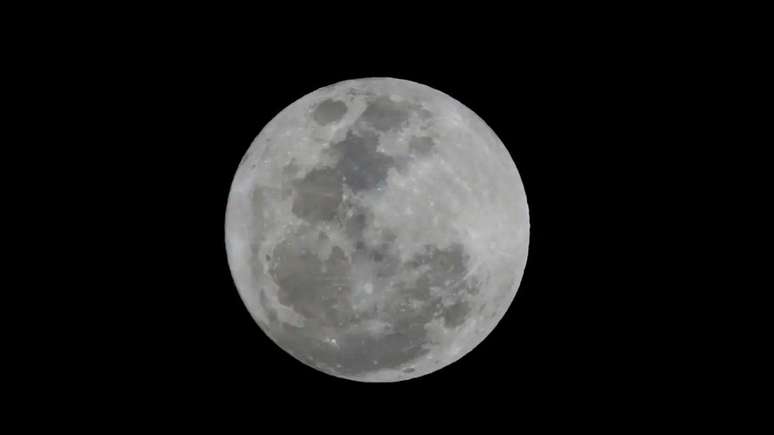In addition to eclipses, an extraordinary conjunction between the Moon, Venus, Saturn and Mercury is expected in April, creating a rare visual spectacle in the night sky.
The year 2025 promises to be memorable for astronomy lovers in Brazil. With a variety of astronomical events, including supermoons, lunar eclipses and meteor showers, the sky will be the stage for a true spectacle visible to the naked eye. To facilitate the observation of these phenomena, the UFRJ Valongo Observatory has launched the 2025 Ephemeris Astronomical Calendar, offering detailed information and celestial maps.
These astronomical phenomena do not require sophisticated equipment, making them accessible to the general public. In an interview with Agência Brasil, the astronomer Daniele Mello highlights that the proximity of the Earth to Mars, on January 15, inaugurates the astronomical calendar of the year. During this period Mars will be in a privileged position in the sky, allowing detailed observations.
What are the main astronomical events of 2025?
In February, in the early hours of the 14th, a total lunar eclipse will occur, visible throughout Brazil. Dr. Josina Nacimentoof the National Observatory, explains to the site that all phases of the eclipse can be seen, including the penumbral, partial and total ones, offering an impressive view of the reddish Moon.
In addition to eclipses, an extraordinary conjunction between the Moon, Venus, Saturn and Mercury is expected in April, creating a rare visual spectacle in the night sky. This type of planetary alliance attracts the curiosity of many due to the rare apparent proximity of these celestial bodies in line.
How to prepare to observe the sky in 2025?
For a better experience in observing astronomical events, it is recommended to find places away from the light pollution of cities. Rural or regional mountain areas offer ideal conditions for clear viewing of celestial events. It is also crucial to pay attention to weather forecasts, as favorable weather conditions are essential for successful observation.
Another important tip is to take advantage of live broadcasts provided by institutions such as the National Observatory, which seek to facilitate access to astronomy for those who cannot observe in person due to adverse weather conditions.
The second half of 2025 holds even more celestial surprises. In August a rare conjunction between Venus and Jupiter will be visible. In December a meteor shower will light up the sky, accompanied by three supermoons that will make the nights brighter and more enchanting.
The supermoon on November 5 will be particularly impressive as it will coincide with the lunar perigee, the time when the Moon will be closest to Earth, appearing slightly larger and brighter than usual.
What is the role of technology in astronomical observation?
In 2025, technology plays a crucial role in astronomical observation. Astronomy apps and live internet broadcasts allow enthusiasts to observe intriguing phenomena, such as the approach of the asteroid Vesta, which will require the use of telescopes, even basic ones. Ultimately, these technological resources democratize access to astronomy, encouraging more people to explore the night sky.
Therefore, the year 2025 promises to be a fascinating time for sky watchers. In short, it will offer countless opportunities to appreciate the magnificence of the universe and promote public interest in astronomy.
Source: Terra
Ben Stock is a lifestyle journalist and author at Gossipify. He writes about topics such as health, wellness, travel, food and home decor. He provides practical advice and inspiration to improve well-being, keeps readers up to date with latest lifestyle news and trends, known for his engaging writing style, in-depth analysis and unique perspectives.





![Un Si Grand Soleil Preview: Eliot Between Life and Death!… What’s in store for the week of October 20-24, 2025 [SPOILERS] Un Si Grand Soleil Preview: Eliot Between Life and Death!… What’s in store for the week of October 20-24, 2025 [SPOILERS]](https://fr.web.img4.acsta.net/img/f1/c4/f1c410b63f2bfb1cd2353db8bf7e9d58.jpg)



